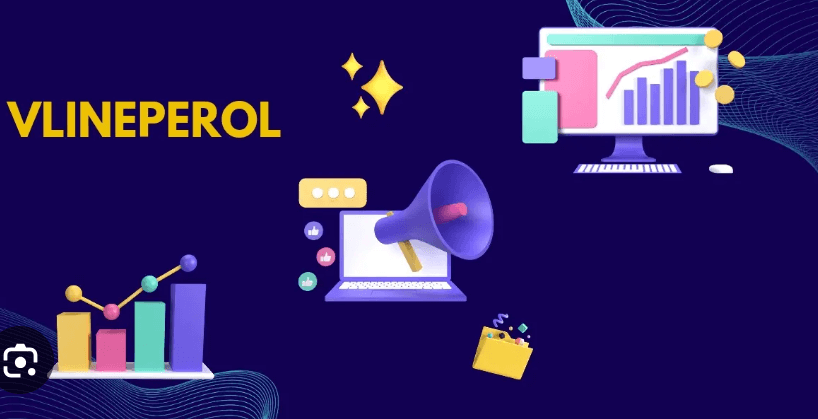4 Benefits of Single-Use Plastics
Every day, we use a variety of products made of plastic. From water bottles to food packaging, single-use plastics have become a ubiquitous part of our lives. However, their convenience comes at a cost – the environment. Single-use plastics are notorious for polluting oceans and harming wildlife. Nevertheless, there are still benefits associated with these materials that often go overlooked. rajkotupdates.news: pm modi india happy to join single use plastic rajkotupdates.news: pm modi india happy to join single use plasticIn this blog post, we’ll explore four potentially positive aspects of single-use plastics that you may not have considered before!
Single-Use plastics are bad for the environment
These products, which are intended for one-time use and then disposed of, can take hundreds of years to decompose. This means that they linger in landfills or end up in our oceans and waterways.
The impact on marine life is particularly devastating. Animals such as turtles and birds mistake plastic waste for food, leading to injury or death when ingested. Additionally, plastic pollution breaks down into microplastics that can enter the food chain, ultimately affecting human health.
Even the production of single-use plastics has negative consequences. The extraction of fossil fuels required for their creation contributes to air and water pollution while also contributing to climate change.
While single-use plastics may be convenient in the short term, it’s essential to consider the long-term effects these materials have on our planet. It’s crucial that we find alternative solutions that are more sustainable for both humans and wildlife alike.
They’re costly to produce
Single-use plastics, while convenient for consumers, are costly to produce. The manufacturing process requires a significant amount of energy and resources, from the extraction and transportation of raw materials to the molding and packaging stages. rajkotupdates.news: pm modi india happy to join single use plastic This not only impacts the environment but also adds up in terms of production costs.
In addition to material costs, companies must also invest in specialized equipment and machinery needed for plastic production. This can be an expensive endeavor that may require years of capital investment before any profit is realize.
Furthermore, single-use plastics often have a short lifespan which means that they need to be replace frequently leading to higher operational expenses on businesses. Companies will continue producing these products as long as there is demand from consumers but at what cost?
Considering all these factors, it’s clear that the true cost of single-use plastics goes far beyond their price tag. Until we find more sustainable alternatives or enact policies that discourage their use, we will continue paying both financially and environmentally for our reliance on disposable plastic products.
They can be difficult to recycle
Single-use plastics are often difficult and costly to recycle. Due to their lightweight nature, they can easily become entangled in recycling machinery, causing malfunctions and downtime for the facility. This means that many single-use plastics end up in landfills or worse yet, our oceans.
Even if a single-use plastic item does make it through the recycling process successfully, it generally only has one life cycle before it becomes waste again. rajkotupdates.news: pm modi india happy to join single use plastic This is because recycled plastic loses its quality with each subsequent use; eventually becoming too weak or contaminated to be useful anymore.
Furthermore, not all types of single-use plastics are even recyclable in the first place. Many food containers and utensils are made from mix materials that cannot be separate by traditional recycling methods.
It’s important to note that while some cities do offer curbside recycling programs for certain types of single-use plastics, these programs are not universally available or effective. In fact, only 9% of all plastic ever produce has been recycle according to National Geographic.
While we may think we’re doing our part by tossing our used plastic items into a blue bin labeled “recycling,” unfortunately these actions alone won’t save our planet from the harmful effects of excessive single-use plastic consumption.
They’re a waste of resources
Single-use plastics are a waste of resources. These items are design to be used only once before being dispose of, which means that they require a significant amount of energy and resources to produce. This includes the plastic material itself, as well as the manufacturing process required to create these products.
Furthermore, many single-use plastic products are package in individual wrappings or containers, which only adds to the overall waste generate by these items. And because they’re designe for convenience rather than durability or sustainability, they contribute significantly to landfill waste.
In addition, when we consider the environmental toll associated with producing single-use plastics, it becomes apparent that their role in our society is unsustainable.rajkotupdates.news: pm modi india happy to join single use plastic The extraction of raw materials for plastic production often leads to habitat destruction and pollution from transportation emissions.
And while some may argue that recycling can help mitigate this issue by reducing the need for new resource extraction, it’s worth noting that not all types of single-use plastics can be effectively recycle due to contamination or other factors.
It’s clear that single-use plastics represent a massive waste of precious natural resources. In order to minimize their impact on both our planet and our wallets over time, we must seek out more sustainable alternatives whenever possible and work towards creating a circular economy where discard materials can be reuse instead of wasted.
Single-Use plastics are harmful to humans
It is clear that single-use plastics have numerous disadvantages for the environment, wildlife, and resources. However, it’s also important to highlight how harmful they can be for human beings.
Many of these plastics contain toxic chemicals that can seep into the food or beverages we consume from them. rajkotupdates.news: pm modi india happy to join single use plastic This exposure has been linke to several health issues such as cancer, developmental problems in children and infants, hormonal imbalances, and reduced fertility.





